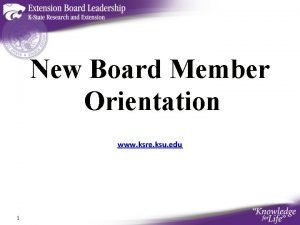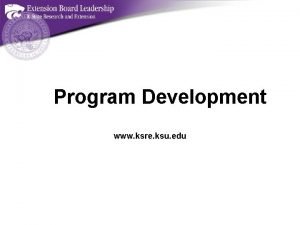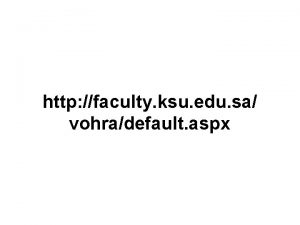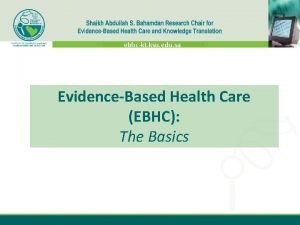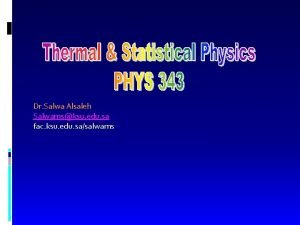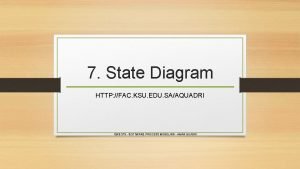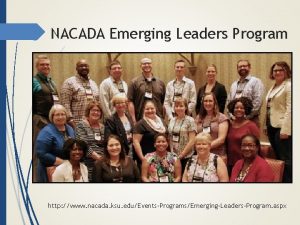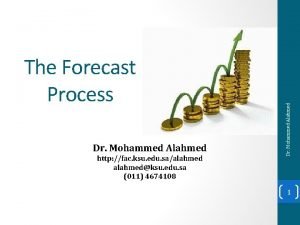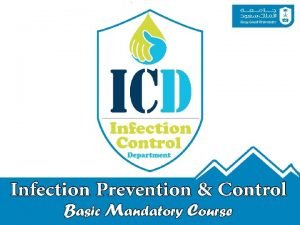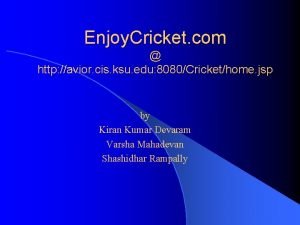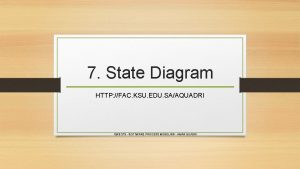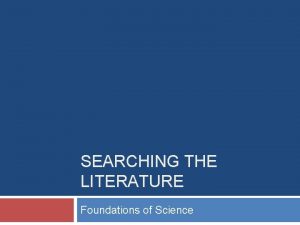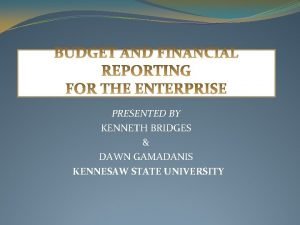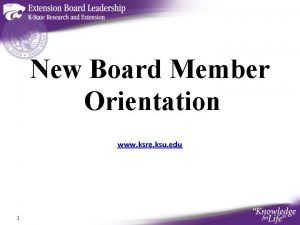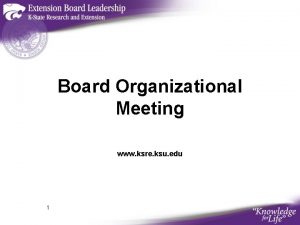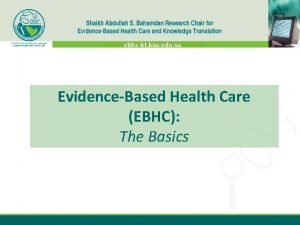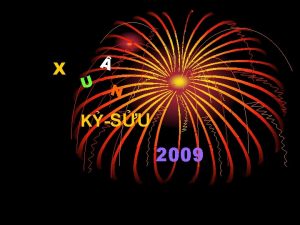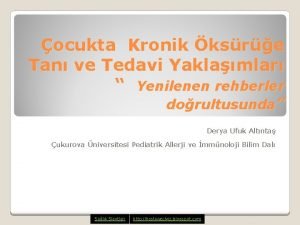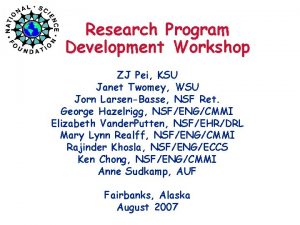Program Development www ksre ksu edu Why Plan
















- Slides: 16

Program Development www. ksre. ksu. edu

Why Plan? “It is of paramount importance that every extension worker have a vision. When the work for the year has been mapped out… try to visualize the results that should be obtained …no really worthwhile undertaking has ever been carried to successful completion without careful and definite plans being made in advance. ” --The Extension Worker’s Code T. J. Talbert, Feb. 1922 2

Planning will…. • • Provide a road map Help clarify needs and goals Help look at the “big picture” Improve quality and effectiveness of educational programs • Help prioritize work and maintain focus • Help articulate priorities 3

Proactive vs. Reactive Programming • Proactive = planned programming – Should account for about 50% of an agent’s work time • Reactive = unplanned programming – Is used to address emergencies or issues that need immediate response – Includes responding to questions 4

Proactive (planned) Programs • Should address one or more of K-State Research and Extension’s Grand Challenges • May take years to complete • Rarely should an agent have more than 2 or 3 action plans 5

K-State Research and Extension Grand Challenges 6

Steps in Program Development • • • Analyze the situation Set priorities Design the program plan Implement the program plan Evaluate, report and/or revise the plan 7

How to Develop an Extension Program • In Kansas, we use the logic model framework to develop extension programs • This framework includes: • • Current Situation Inputs (what we invest) Outputs (what we do and with whom) Outcomes – Knowledge gain – Action taken – Long term impact 8

What is a Logic Model? • A picture of a program…a map to follow • A simple description of the program “theory” or “action” which explains the program • Logical chain of connections showing what the program is to accomplish • A series of “if-then” relationships • Core of program planning and reporting 9

Simple Logic Model • A graphic representation that shows logical relationships between inputs, outputs and outcomes relative to a situation. SITUATION Inputs Outcomes 10

Situation • Clearly states the issue, problem or opportunity that needs an educational solution • Should be specific to the county, district and/or community • Helps set priorities • Engage key community leaders in discussion 11

Inputs • What we invest in the educational program • What we need to be able to deliver the program • Includes: – – – Time of faculty, staff, volunteers, collaborators Money Equipment Materials Technology 12

Outputs • What we do and who we reach • Activities – – – Workshops Counseling Facilitation Training Field Days • Participation – – Participants Clients Users Customers 13

Outcomes • What results due to educational program • Short-term – Awareness, knowledge gain, skills learned • Medium-term – Behaviors changed • Long-term – Impact…. Conditions changed 14

Program Plan INPUTS OUTPUTS Activities S I T U A T I O N Participation OUTCOMES Short Medium Long-Term What we Invest What we do Who we reach Learning Action Conditions/ Impacts Faculty Staff Volunteers Partners Time Money Equipment Materials Technology Workshop Meeting Consult Facilitation Training Field Day Media Participants Customers Citizens Awareness Knowledge Attitudes Skills Opinions Aspirations Motivations Behavior Practice Decisions Policies Social Economic Civic Environmental 15

Reporting and Evaluation • We report direct educational contacts quarterly • We report outcomes (impacts) and success stories annually • We report our accomplishments annually • Reporting Web site: https: //online. ksre. ksu. edu/ 16
